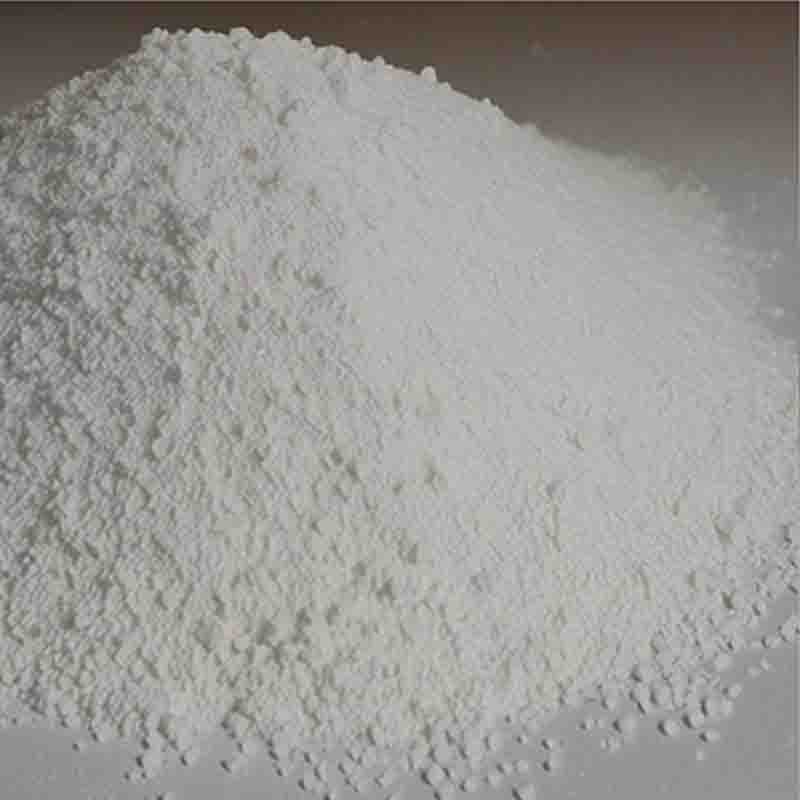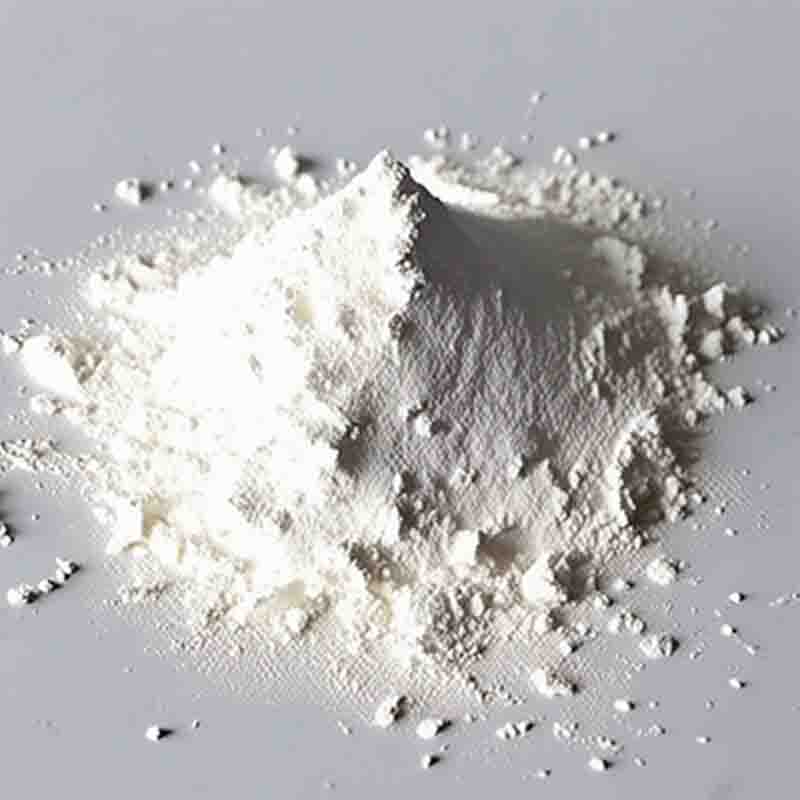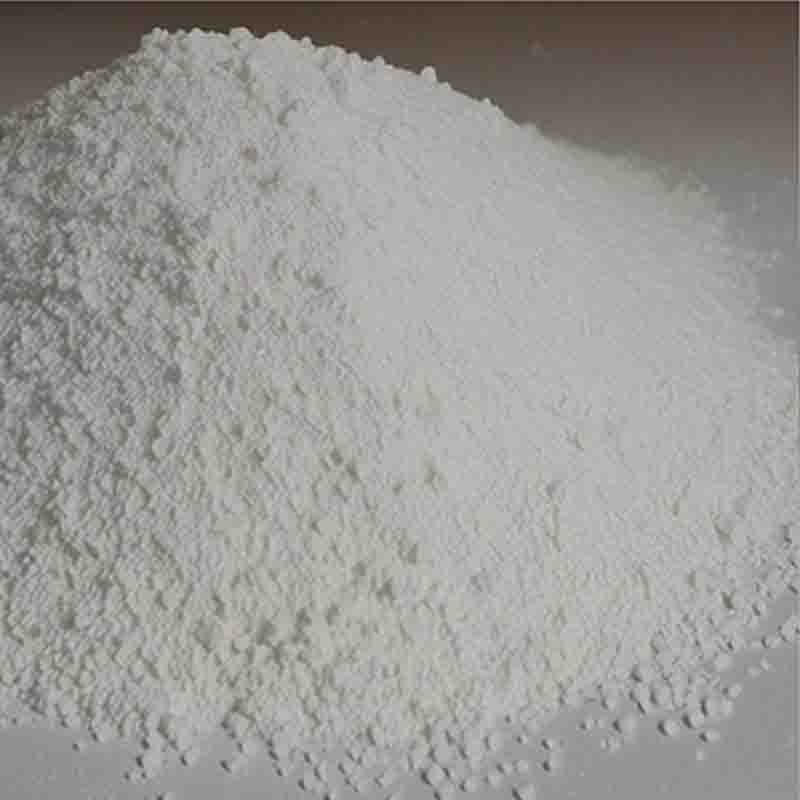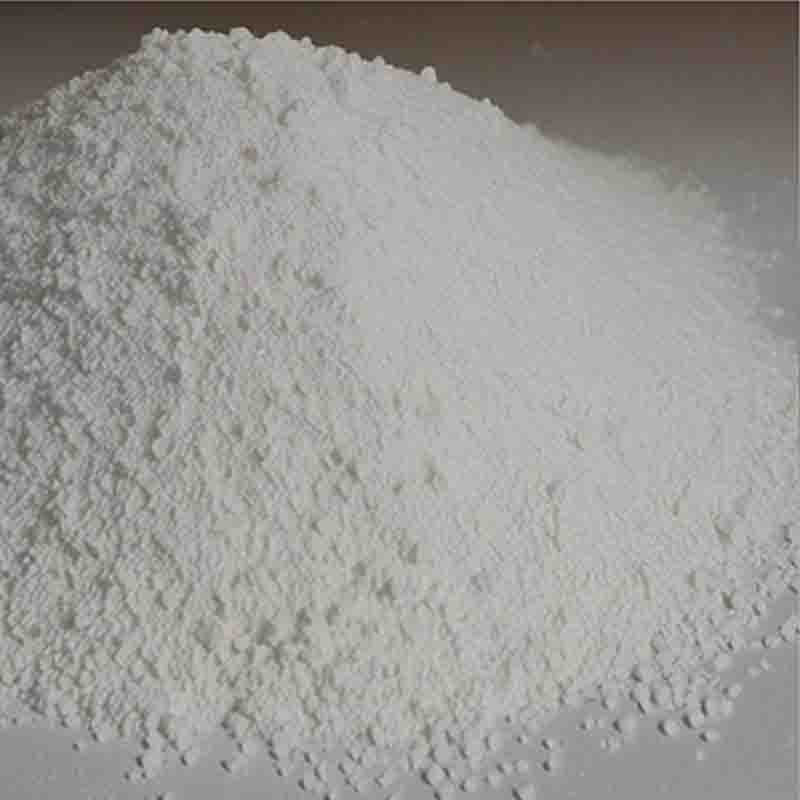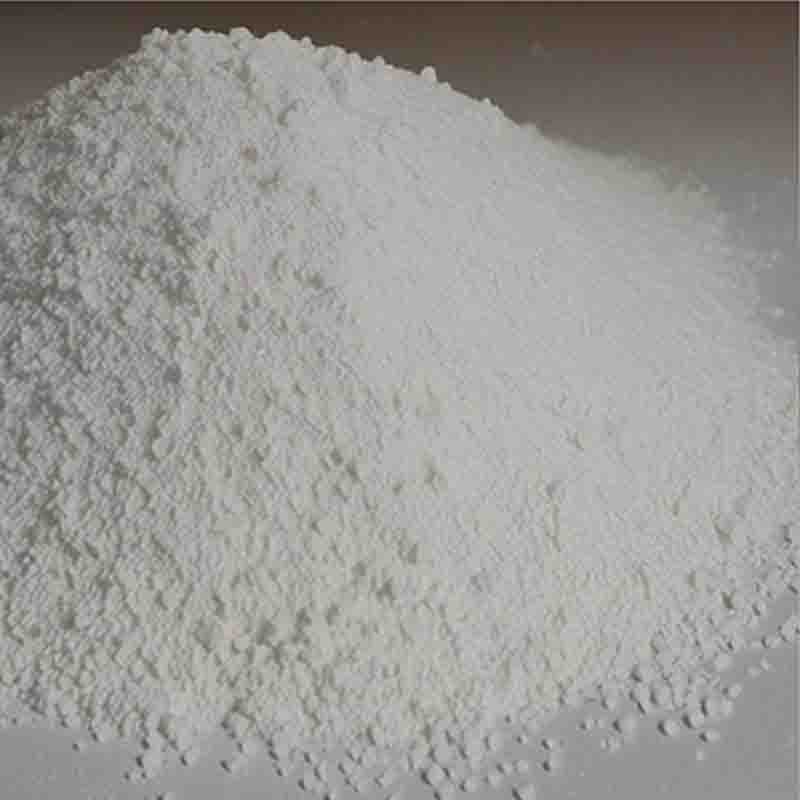Methyl2,3-dichloropropionate CAS:3674-9-7
| Catalog Number | XD96155 |
| Product Name | Methyl2,3-dichloropropionate |
| CAS | 3674-9-7 |
| Molecular Formula | C3H6FNO |
| Molecular Weight | 91.08 |
| Storage Details | Ambient |
Product Specification
| Appearance | White powder |
| Assay | 99% min |
Methyl 2,3-dichloropropionate is a chemical compound that can have various effects on human health and the environment. Understanding the potential hazards associated with this compound is important for ensuring its safe handling and use.One potential effect of methyl 2,3-dichloropropionate is its toxicity to living organisms. Studies have shown that this compound can be toxic to aquatic organisms, such as fish and invertebrates, when it enters water bodies. It can contaminate the aquatic environment and impact the ecosystems by disrupting the balance of organisms. It is crucial to handle and dispose of methyl 2,3-dichloropropionate properly to prevent environmental contamination and minimize its adverse effects on aquatic life.In addition to its environmental impacts, methyl 2,3-dichloropropionate can also have adverse health effects on humans. Limited information is available on its specific health effects, but it is classified as a harmful substance if swallowed, inhaled, or in contact with the skin. Direct contact or exposure to this compound can cause skin and eye irritation, respiratory issues, and gastrointestinal symptoms. It is essential to minimize exposure by using appropriate personal protective equipment, such as gloves, goggles, and respirators, when handling methyl 2,3-dichloropropionate.Furthermore, methyl 2,3-dichloropropionate may have the potential to persist in the environment and bioaccumulate in living organisms. This means that it can accumulate in the tissues of organisms over time, leading to potential adverse effects on ecosystems and higher levels of exposure for organisms higher up in the food chain.To ensure safety in handling methyl 2,3-dichloropropionate, it is important to follow proper safety protocols and guidelines. This includes storing it in appropriate containers, using it in well-ventilated areas, and disposing of it in accordance with regulatory requirements. It is also advisable to conduct thorough risk assessments and implement control measures, such as engineering controls and good hygiene practices, to minimize exposure to this compound.In conclusion, methyl 2,3-dichloropropionate is a chemical compound that can have adverse effects on both human health and the environment. It is crucial to handle this compound with caution and follow appropriate safety measures to minimize exposure and prevent environmental contamination. Further research is needed to fully understand the potential health risks associated with methyl 2,3-dichloropropionate and to develop comprehensive guidelines and regulations for its safe handling and use.


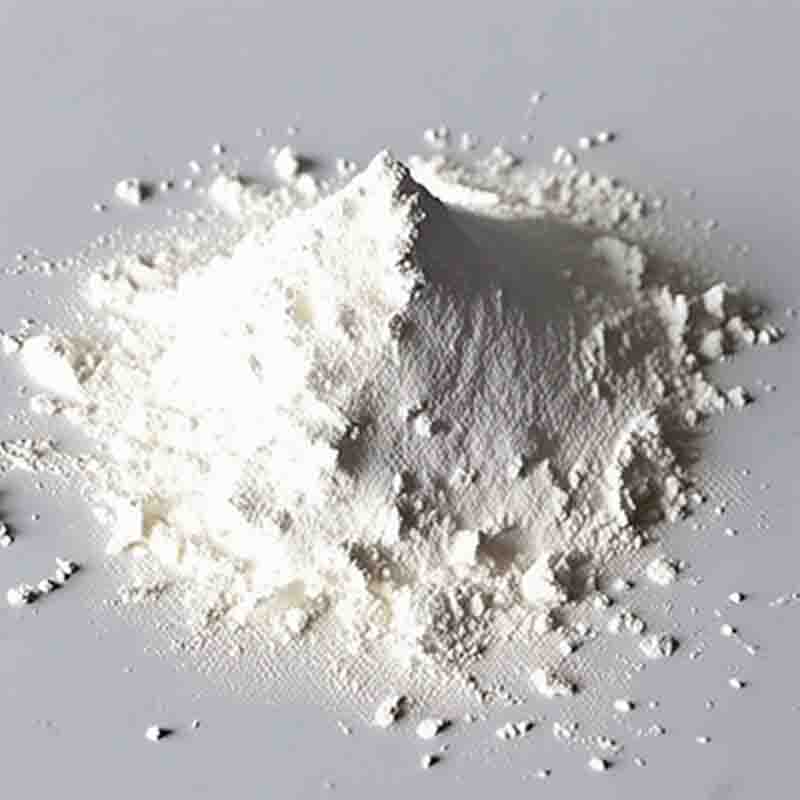

![Thieno[3,2-d]pyrimidine,2,4-dichloro- CAS: 16234-14-3](https://cdn.globalso.com/xdbiochems/白色粉末21601.jpg)
